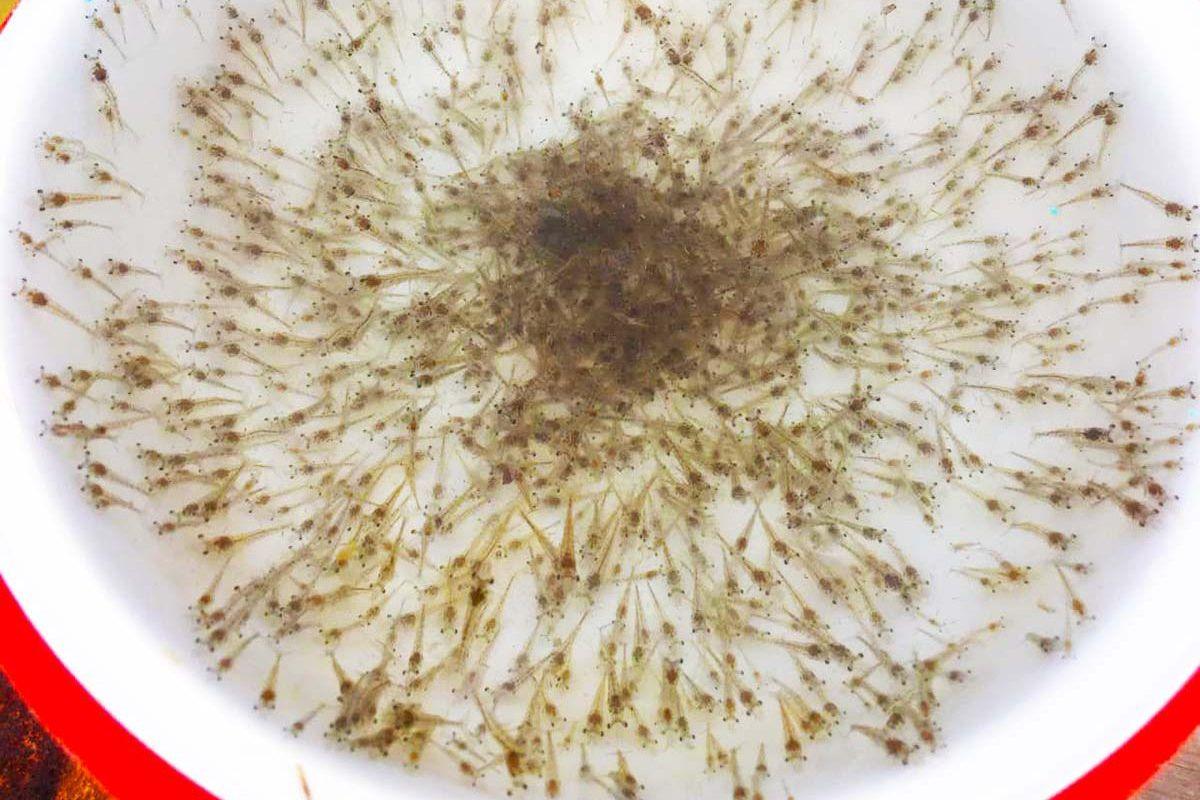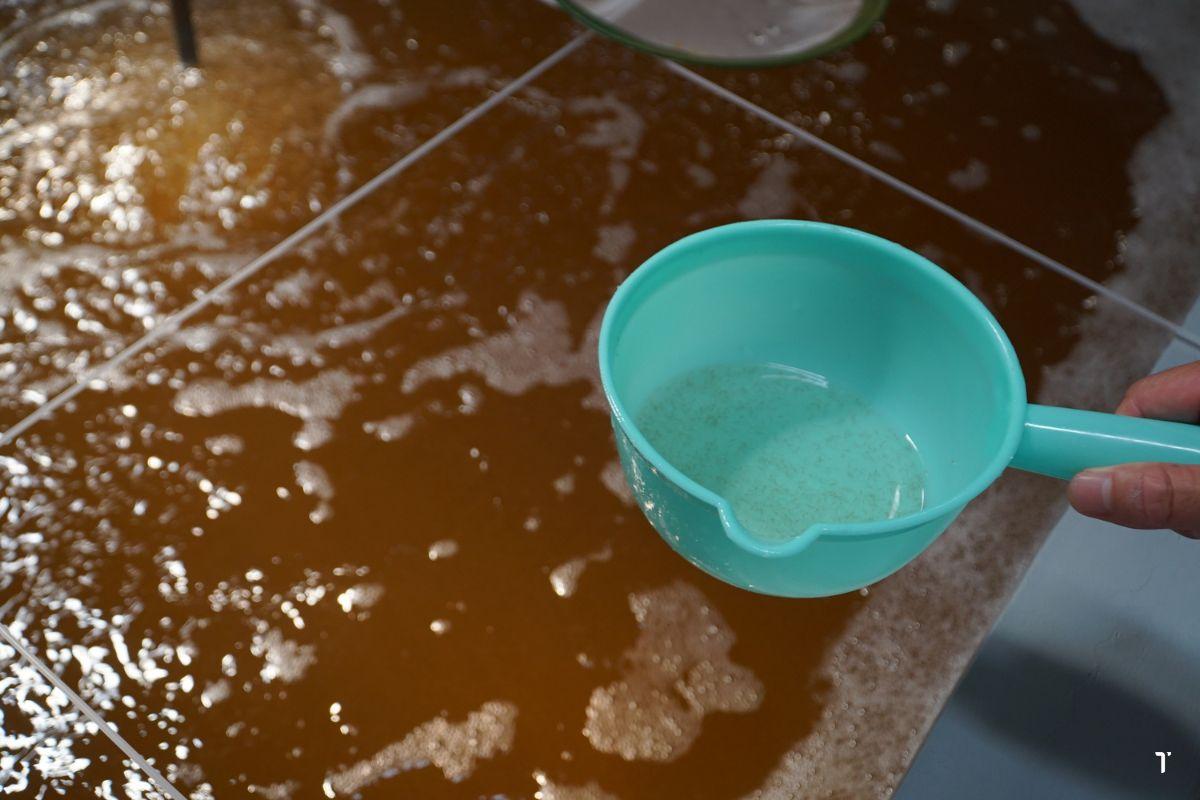Mục lục
In the first 9 months of 2024, 32,660 broodstock shrimp were imported, including 31,968 white leg shrimp and 692 black tiger shrimp. Production of 136.6 billion shrimp seeds, including 94.6 billion white leg shrimp and 42 billion black tiger shrimp. Concentrated in the provinces of Ninh Thuan, Binh Thuan, Bac Lieu and Ca Mau, about 93% of the number of establishments and 63% of seed production.
The figures show that broodstock mainly have to be imported and exploited from nature, the research and selection of broodstock in the country is still limited; low rate of aging; disease-free and disease-resistant varieties.
The management is also fragmented, lacking consistency to ensure the quality of varieties and quarantine. Of particular concern, 20.18% of shrimp seed production and nurturing establishments have not been granted a certificate of eligibility.
It is forecasted that global shrimp production will increase again at the end of 2024, and remain stable in 2025. In particular, black tiger shrimp continue to be farmed and developed strongly again in Vietnam, China, Indonesia, and India. Fierce competition between shrimp-producing countries and some shrimp-consuming countries with domestic seafood development strategies will increase quality requirements.
 It is forecasted that global shrimp production will increase again at the end of 2024 and remain stable in 2025
It is forecasted that global shrimp production will increase again at the end of 2024 and remain stable in 2025
Market prices, feed costs, epidemics and shrimp seed quality are the top concerns. Vietnamese shrimp products can have an advantage when the US imposes anti-dumping duties and subsidy duties on Ecuador, India and Indonesia at the end of December 2024.
The above situation poses a number of tasks and solutions to manage shrimp seed production. First of all, focus on researching and selecting broodstock in the country; to develop a system of production of high-quality, disease-resistant shrimp seeds. Manage and issue certificates of establishments eligible for production and nurturing. Seed production establishments must well apply biosecurity and disease safety measures. Focus on propagating people to use breeds of clear origin.
Strengthen the inspection and examination of production, nurturing and circulation of varieties on the market. Implement the regulation on coordination between localities in providing seeds - purchasing seeds - cooperating, linking small shrimp seed production establishments into large-scale concentrated production areas. Focus on linking shrimp seedling/farming consumption areas for quality control.
Immediately restore production after the storm in the North and Central regions, organize winter shrimp production. To well manage the quality of aquatic breeds and supplies for production.
To manage the conditions of establishments producing and nurturing varieties, feeds and environmental treatment products, and to grant certificates of establishments meeting the conditions. Manage the use of antibiotics, chemicals, and traceability of aquaculture. Improving the quality of varieties, organizing cooperation in production and consumption of products, linking value chains
 Shrimp seed production at an establishment that has been granted a certificate of eligibility
Shrimp seed production at an establishment that has been granted a certificate of eligibility
Coordinate between fisheries and veterinary agencies and agricultural extension agencies to implement and guide the good implementation of environmental monitoring, disease prevention and control, aquaculture and disease safety. Good management of environmental factors.
Aquatic veterinary medicine implements the regulation on coordination in the management and sharing of information on disease prevention and control. Perform well the quarantine and quality control of imported shrimp. Strengthen inspection, examination, irregular examination and strictly handle violations in the import, production, circulation and use of antibiotics, veterinary drugs and environmental treatment products. Building and developing epidemic-free zones.
Localities strengthen the management, inspection and control of conditions for seed production and nurturing establishments; conditions of feed production and environmental treatment establishments. Organize production linkages between enterprises, organizations and farmers. Guide, inspect and strictly manage the use, trading and circulation of chemicals and antibiotics, and control food safety in seed production.
Businesses and shrimp farmers apply new technologies, replicate the production chain effectively. Implement commitments/production association contracts.